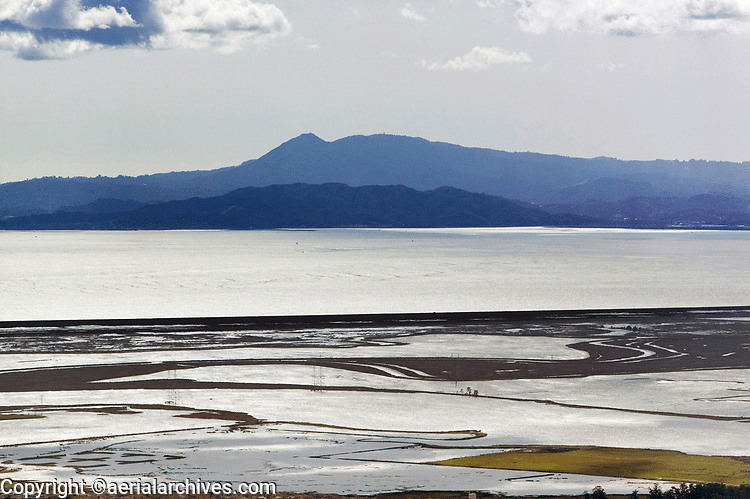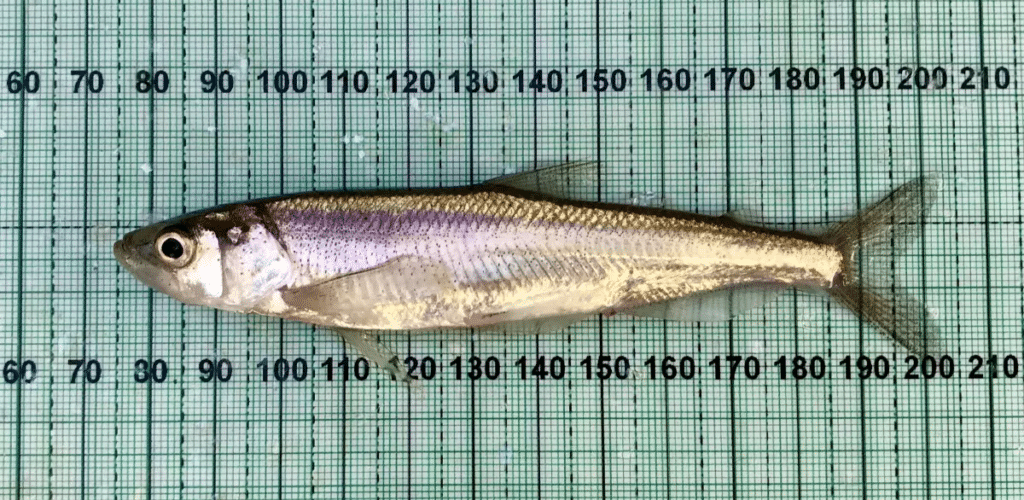
Genidaqs recently partnered with the U.S. Geological Survey and fellow collaborators on an innovative study exploring how different eDNA sampling techniques perform in detecting fish communities—especially the elusive longfin smelt—in restored tidal wetlands of the San Francisco Bay Estuary.
Traditional fish sampling methods were compared with two eDNA-based approaches: standard filtration using Sterivex™ filters and a high-volume tow net method. USGS sampled Hamilton Wetlands, Sonoma Baylands, Tolay Creek, and a South Bay control sites. Longfin Smelt inhabit these wetlands. These sites represent different restoration strategies, allowing us to assess fish communities in wetlands formed naturally through tidal sediment accretion and those restored using beneficially reused dredged material.
EDNA samples were collected using both water sampling methods. Analysis used two molecular techniques, qPCR and metabarcoding, to evaluate species presence and fish community composition. This dual approach provided a more comprehensive assessment of the aquatic biodiversity at each site.

The study revealed several important findings. We detected Longfin smelt eDNA at all four locations, with qPCR demonstrating higher sensitivity than metabarcoding in species detection. The “high-volume” tow net method potentially filtered more water than the filter-based method, which appeared to improve detection rates—especially for rare species like longfin smelt. Additionally, tow net sampling identified a greater number of species, indicating higher species richness across the sites. In contrast, samples collected via Sterivex™ filters displayed more variability in community composition, suggesting that each method may offer unique ecological insights.
This collaborative effort highlights the growing value of high-volume eDNA techniques for estuarine monitoring. By combining qPCR’s targeted sensitivity with the broader species detection of metabarcoding, researchers can gain a more complete picture of fish communities in dynamic hydrologic environments. These findings offer promising implications for future conservation and wetland restoration efforts.
Read the full publication here:
https://onlinelibrary.wiley.com/doi/full/10.1002/edn3.560
West Sacramento
(916) 231-1681
3300 Industrial Blvd., Suite 100
West Sacramento, CA 95691
Cramer Fish Sciences
©2025